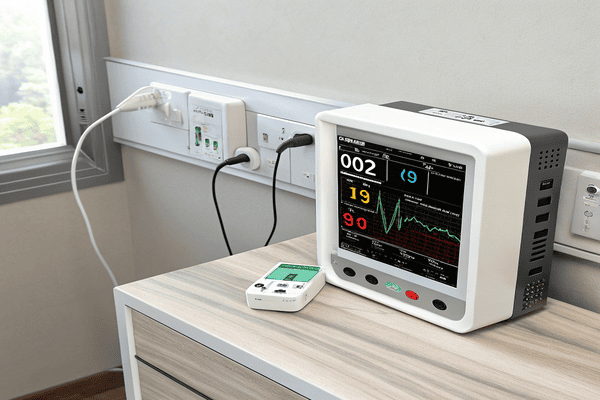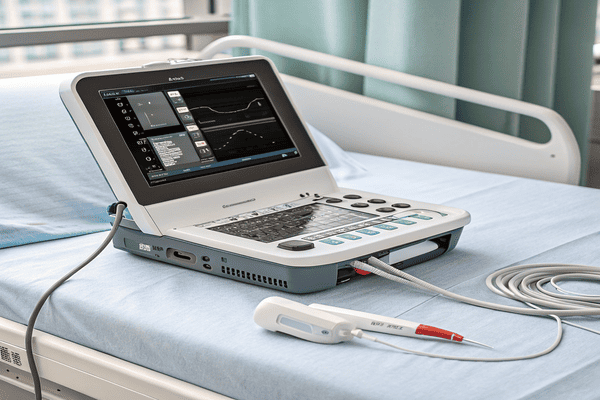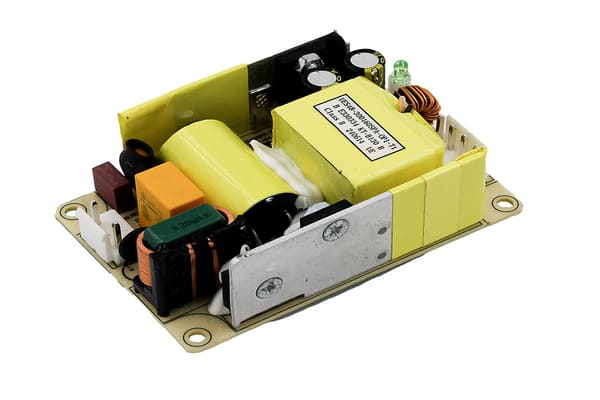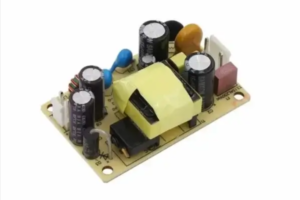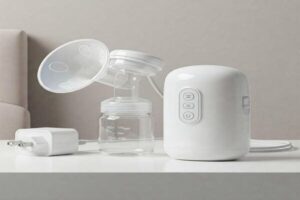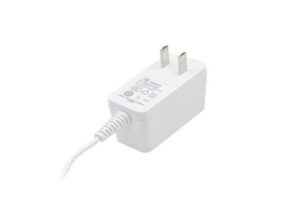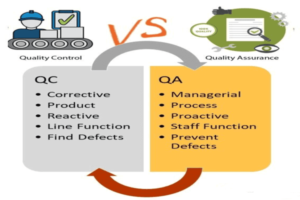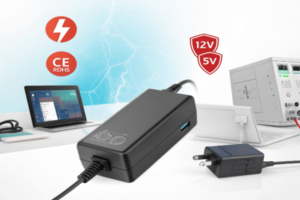The safety of patients depends on reliable medical devices. But how do you choose the right power supply for your medical equipment?
The power supply is the heartbeat of any medical device. You need a unit that excels in safety, EMI protection, compact design, and cost efficiency while meeting international medical standards.
When I first started specifying power supplies for hospital equipment, I underestimated how critical the power conversion stage was. Now after 15 years in product design, I’ve learned these six essential selection criteria that separate adequate power solutions from exceptional ones.
Why Does Medical-Grade Isolation Matter So Much?
A nurse touches the equipment while it’s saving a patient’s life. The power supply must prevent any chance of electric shock.
Medical power supplies require reinforced insulation that withstands 4000V between input and output. They must maintain ultra-low leakage currents below 300μA even during fault conditions.
There are three key protection levels in medical power supplies:
| Protection Class | Definition | Typical Application |
|---|---|---|
| 1MOPP | Single Means of Patient Protection | Non-patient connected equipment |
| 2MOPP | Double Protection Layers | Bedside monitors, surgical tools |
| 2MOOP | Operator + Patient Protection | Mobile equipment with frequent contact |
True medical-grade units implement either 2MOPP (for equipment near patients) or 2MOOP (for handheld devices). Commercial-grade power supplies claiming "medical suitability" often only meet basic 1MOPP requirements, creating unacceptable risk for critical care applications.
How Can EMI Issues Destroy Medical Device Reliability?
A power supply emitting electromagnetic interference could disrupt ECG readings or cause false alarms on vital signs monitors.
Medical power supplies need Class B EMI filtering (the stricter standard) and should demonstrate compliance with EN60601-1-2 Ed4.0 through independent laboratory testing.
Through painful experience, I’ve developed an EMI mitigation checklist:
- Layout Strategy
- Minimum 5mm clearance between primary and secondary circuits
- Guard traces around high-frequency switching nodes
- Multi-layer boards with dedicated ground planes
- Component Selection
- X/Y-capacitors with medical safety ratings
- Toroidal common-mode chokes instead of cheaper drum cores
- Shielded magnetics with Faraday cages
- Validation Testing
- Conducted emissions below 30dBμV from 150kHz-30MHz
- Radiated emissions under 30dBμV/m at 3m distance
- Immunity to 10V/m RF fields from 80MHz-2.5GHz
Failing any of these could mean expensive redesigns after clinical trials begin.
Is Smaller Always Better for Medical Power Supplies?
A portable ultrasound machine needs a compact power supply, but not at the expense of thermal performance or reliability.
The best medical power supplies achieve >10W/in³ power density while maintaining at least 70°C component derating and natural convection cooling capability.
Consider these trade-offs when downsizing:
| Parameter | Small Size Impact | Mitigation Strategy |
|---|---|---|
| Efficiency | Higher losses in compact layouts | Use GaN FETs above 100W |
| Thermal Stress | Hotspots shorten lifespan | Temperature monitors with auto-shutdown |
| Noise | Tighter spacing increases EMI | Spread-spectrum switching techniques |
| Serviceability | Non-modular designs | Partner with local repair centers |
Our team learned this the hard way when a beautifully compact defibrillator design kept failing during sterilization cycles due to cramped internal heating.
Why Do Specialty Medical Applications Need Custom Power Solutions?
An MRI machine’s gradient amplifiers need 200V at 100A with zero ripple, while a dental laser requires 5kV at milliamps – off-the-shelf supplies can’t handle both.
Specialty medical equipment demands power supplies with application-specific outputs, often requiring custom magnetics, novel cooling approaches, or hybrid topologies.
Here are three specialized medical power challenges we’ve solved:
- Electrosurgical Units
- Need: 500kHz sinusoidal outputs up to 300W
- Solution: Resonant converters with air-core transformers
- Portable X-Ray Systems
- Need: 80kV pulses with nanosecond rise times
- Solution: Marx generator banks with fiber-optic triggering
- Implant Chargers
- Need: 13.56MHz wireless power transfer through tissue
- Solution: Class E amplifiers with adaptive impedance matching
Each required months of co-development with the medical OEM’s engineering team.
How Important is Cost in Medical Power Supply Selection?
A $10 power supply failing in a $100,000 MRI machine creates false economy – but unnecessary gold-plating wastes healthcare budgets.
Smart medical power supply procurement balances initial cost, total ownership expenses, and risk mitigation through careful lifecycle analysis.
We evaluate costs across four dimensions:
- Acquisition Costs
- Unit price
- Minimum order quantities
- Tooling/setup fees
- Compliance Costs
- Certification testing (UL60601, IEC62368)
- Periodic audits
- Documentation maintenance
- Field Costs
- Failure rate predictions
- Mean repair times
- Warranty claims processing
- Opportunity Costs
- Time-to-market delays
- Recall risks
- Brand reputation impact
This holistic view often reveals that paying 20% more upfront saves millions in downstream risks.
What Differentiates Quankang’s Medical Power Solutions?
After 30 years supplying power solutions to medical OEMs, we understand what hospitals and device manufacturers truly need.
Quankang delivers medical power supplies that combine certified safety, compact reliability, and cost-effectiveness – all backed by proven regulatory expertise.
We stand apart through:
- Certification Leadership
Maintain complete documentation packs for global markets including:- FDA 510(k) submissions
- EU MDR technical files
- China NMPA dossiers
- Design Flexibility
- Modify standard products in 2-4 weeks
- Develop custom solutions in 12-16 weeks
- Support regulatory updates throughout product life
- Manufacturing Control
- Medical-grade SMT lines with IPC-A-610 Class 3
- 100% HIPOT testing before shipment
- Full traceability from components to final units
Conclusion
Choosing medical power supplies requires balancing safety, performance, size, and cost – with no compromises on reliability. Quankang’s 30-year expertise delivers this critical balance.

